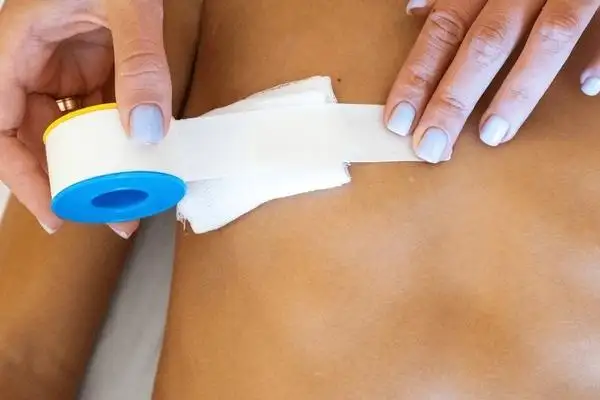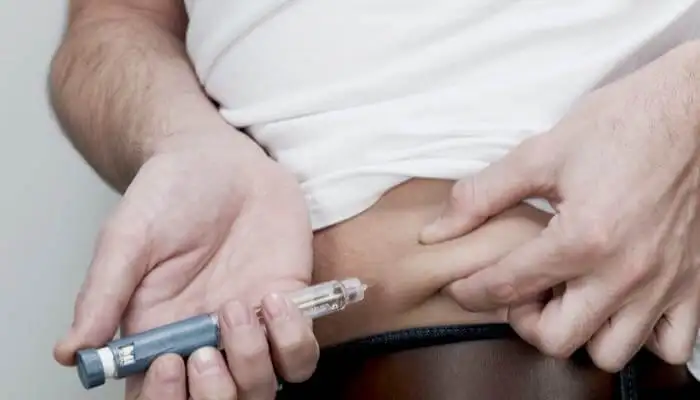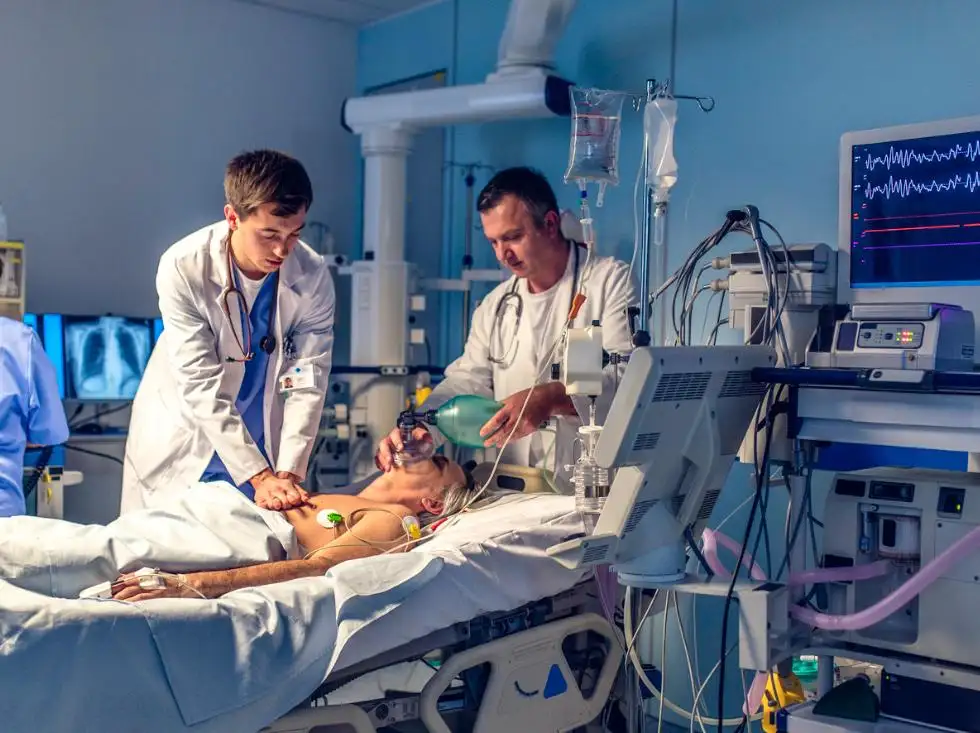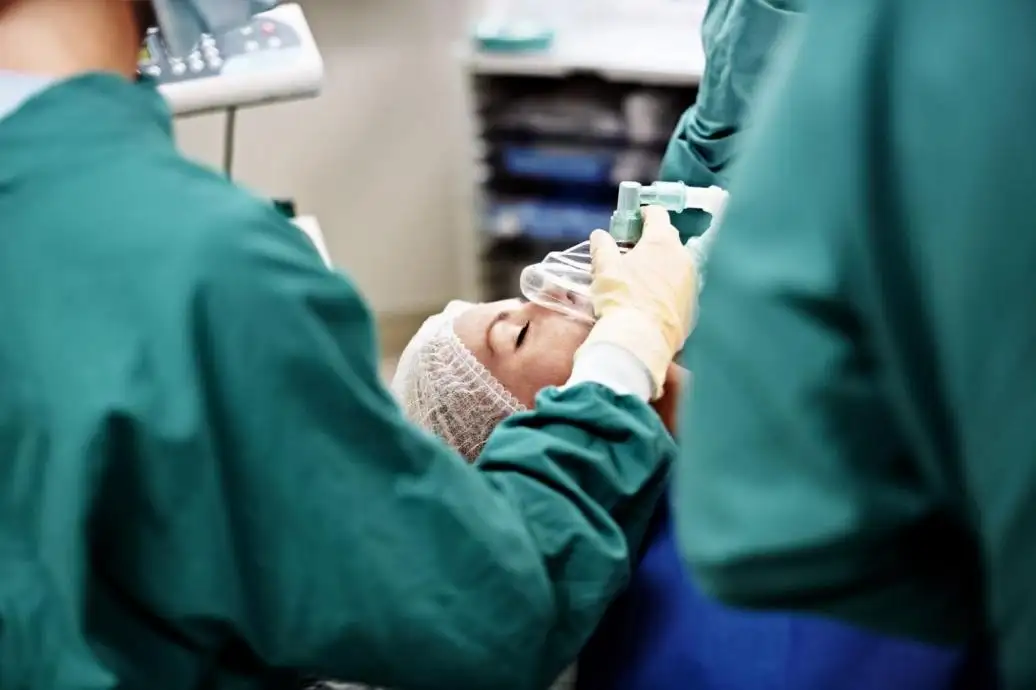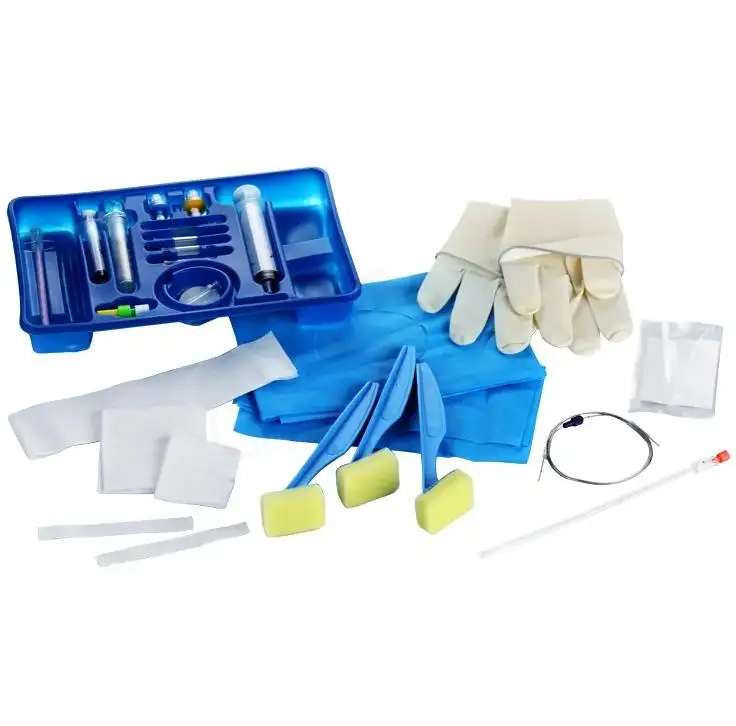Can Respiratory Anesthesia Be Used? Safe Applications 2025
What is the Meaning of Respiratory Anesthesia?
Can respiratory anesthesia be used? The term that denotes the application of anesthetic drugs that are administered via the respiratory pathways, usually through inhalation, is the term respiratory anesthesia. This process facilitates the movement of anesthetics to the lungs so that it is absorbed into blood bloodstream quickly.
- Common inhaled gases used as components of the typical pulmonary anesthesia include nitrous oxide, sevoflurane, and desflurane, used in combination with oxygen to avert their toxic effects. The methods find use in both surgery and non-surgical procedures to provide anesthesia, pain relief, and diversion.
- The respiratory anesthesia is also easier than intravenous anesthesia, as it gives clinicians precise control over the level of sedation, and they can instantly modify their actions depending on the needs of the patients. The anesthesia monitoring and protocols are essential in the maintenance of patient safety in case of respiratory anesthesia in case of an operation on the respiratory system.
To access quality medical equipment, which will help in the process of respiratory procedures, Greetmed Medical Supplies.
Applications of Respiratory Anesthesia
Respiratory anesthesia is broadly used during minor outpatient surgical operations and during major surgical operations. Key areas include:
- Surgery: Surgical respiratory anesthesia provides the benefit of controlled sedation and controlled pain that decreases stress and pain to the patient.
- Pulmonary Treatments: Patients with breathing disorders like chronic obstructive pulmonary disease (COPD) may also be the perfect subjects where the use of pulmonary anesthesia can be used in diagnostic procedures or in minor surgical procedures.
- Dental Surgeries: Inhalation anesthesia is a proper mode of sedation in a patient undergoing complex dental work.
- Pediatric Care: Among the features of respiratory anesthesia techniques, non-invasiveness and simplicity of administration are the most common features preferred in pediatric patients.
How to Use Respiratory Anesthesia?
It is the case that respiratory anesthesia must be administered to the patient in a manner that is safe manner. Key steps include:
- Patient Assessment: Verify patient history, lung functioning, and comorbidities to determine suitability.
- Anesthetic Choice: Choose the appropriate anesthetic agents that should be used on the lungs depending on the process, state of the patient, and the duration that is anticipated to occur.
- Preparation of Equipment: Ventilators, nebulizers, or inhalation anesthesia masks may be made used of, and the respiratory assistance must be sustained during anesthesia.
- Observation: The pulmonary monitoring, as well as the vital signs, is observed continuously during anesthesia to ensure that the safe levels of sedation are maintained.
- Post-Anesthesia Care: Attention should be paid to complications, such as respiratory depression or allergic reactions, and supportive care.
With adherence to the clinical anesthesia practice and the guidelines in the application of respiratory anesthesia, the best outcomes are achieved at the least risk.
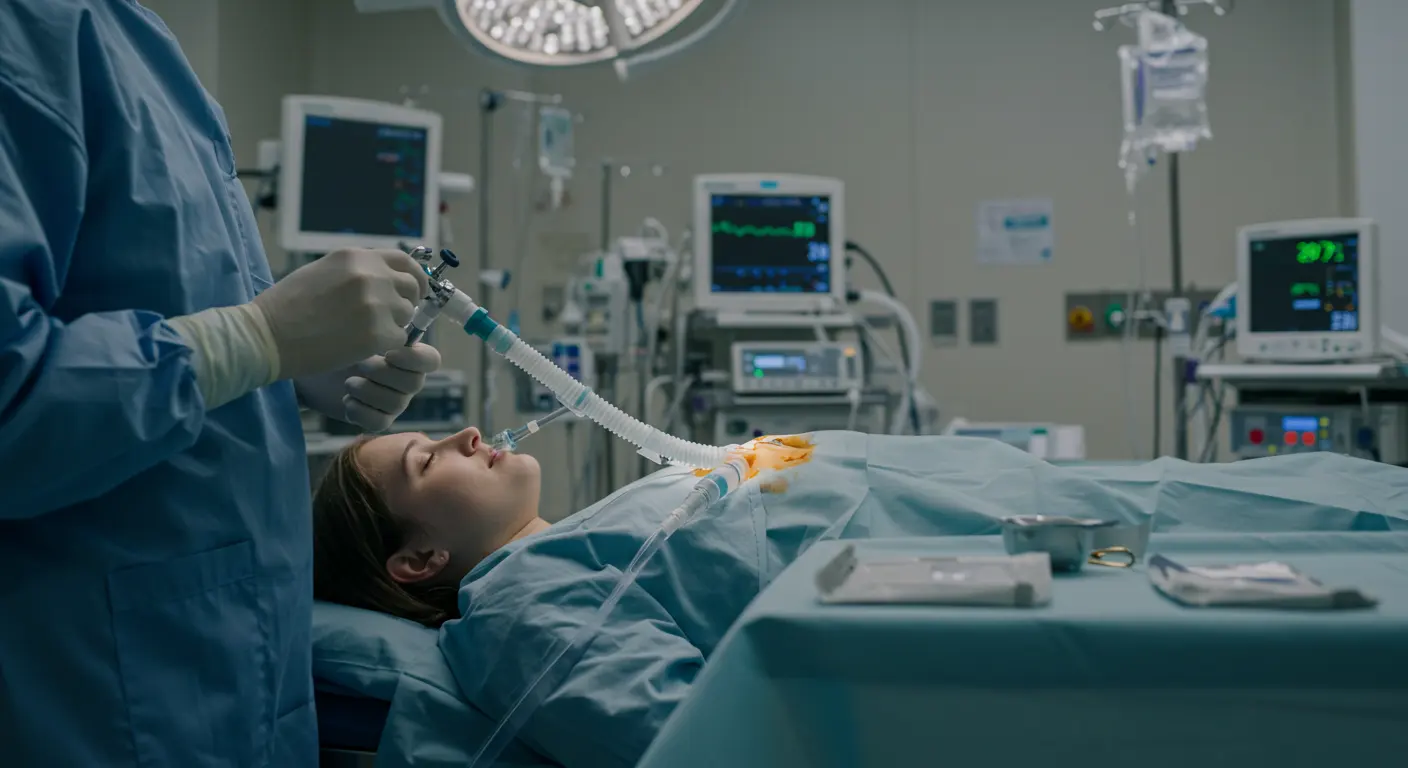
The Merits of Respiratory Anesthesia
The benefits and the risks of respiratory anesthesia must be put into consideration. Advantages include:
- Fast acquisition and proper tracking of sedation.
- Non-invasive modes of delivery.
- Individualized dose to the patient.
- Decreased residual implications after the procedure.
The maximum benefits of respiratory anesthesia can be utilised by the clinicians by following the respiratory anesthesia guidelines in the hospitals and by applying modern methods of monitoring the anesthesia to administer respiratory care to the patients and, hence, improve patient safety.
Medical Practice Respiratory Anesthesia
In contemporary medical practice, respiratory anesthesia has been playing a significant role in patient comfort and safety. When it comes to respiratory anesthesia, hospitals, clinics, and ambulatory care centers rely on trained professionals to ensure that they administer the anesthesia accurately. Adherence to the guidelines of respiratory anesthesia and practices ensures that there is similarity in the outcomes of the various medical disciplines.
- Adult Patients: The management of ventilation and anesthesia in respiratory anesthesia is beneficial to the adult patients undergoing complex surgeries.
- Pediatric Patients: Pediatric patients are highly vulnerable to anesthetic agents and, therefore, inhalation anesthesia is very delicate in such patients.
- High-Risk Patients: Patients with respiratory disorders should be assessed with special anesthesia and specific ways of its application.
Nebulizer Mask and Tubing
The Nebulizer Mask and Tubing are important instruments within respiratory care, and they offer easy and efficient delivery of the aerosolized drugs. Such masks are composed of PVC that is of medical grade, and this provides a safe and reliable means for patients who require an inhalation therapy. The nose clip and strap are also adjustable and elastic to fit tightly to prevent leakages and also make wearing more comfortable.
- The set also consists of 2 meters of tubing that provides the set with flexibility in placement and moving around during treatment. It is available in S, M, L, L +, and XL sizes, which is why it can be offered to different patients of different ages and features. They are packed in PE bags where the masks are kept in good condition in terms of sterility and hygiene up to the time of use. Its minimum quantity is 50pcs/ctn or 100pcs/ctn, and this makes it applicable in case of hospitals, clinics, and home care.
- The respiratory masks and tubes are designed to be used dependably for a long duration of time during the routine respiratory treatments. They are compact and convenient to carry around, and hence they are ideal in the hands of health professionals, as well as enabling the delivery of medication and ensuring patient compliance. It is a high-quality nebulizer set that is comfortable for the patient in the wards, during an ambulance, or at home.
Conclusion
Can respiratory anesthesia be used? In summary, respiratory anesthesia is safe and effective and a versatile sedation and pain control approach when used appropriately. The appropriate knowledge regarding respiratory anesthesia can be used in other settings. According to the proper respiratory anesthesia protocols, adherence to anesthesia control and principles is the assurance of patient safety and optimal outcomes. The field of respiratory anesthesia continues to be one of the foundations of contemporary medical practice, with the emergence of new and effective modes of pulmonary anesthesia and safe medical equipment. Visit Greetmed.
Submit Your Request
Recent Posts
Tags
- Adult Diapers
- Are custom medical devices safe
- Baby Diapers
- Can respiratory anesthesia be used
- Digital Healthcare
- Do you offer customized consumables
- European Market
- How do you take care of a skin wound
- Industry Trends
- Lady Sanitary Napkins
- Medical Devices
- OEM Medical Devices
- Product Introductions
- Protective Equipment
- Under Pads
- What are custom-made medical devices
- What are diagnostic products
- What are hospital dressing products
- What are medical tube catheters
- What are some common protective equipment
- What are the appropriate applications for hospital dressing products
- What are the appropriate uses for protective equipment
- What is a gynecological examination
- What is a medical consumable
- What is an anesthesia kit
- What is an OEM in medical devices
- what is an wound skin care
- what is can disposable ultrasonic diagnostic
- What is good manufacturing medical devices
- What is hospital-grade protective equipment
- what is medical equipments hospital furniture
- What is medical sterilization wrapping
- What is rehabilitation equipment device
- What medical consumables do you supply
- Where can I find laboratory consumables wholesale
- where can I find medical protection device
- where to buy hypodermic accessories
- where to buy medical apparel
- where to buy medical consumable accessories
- where to find OEM medical device supplier
- where to find rehabilitation equipment supplier





